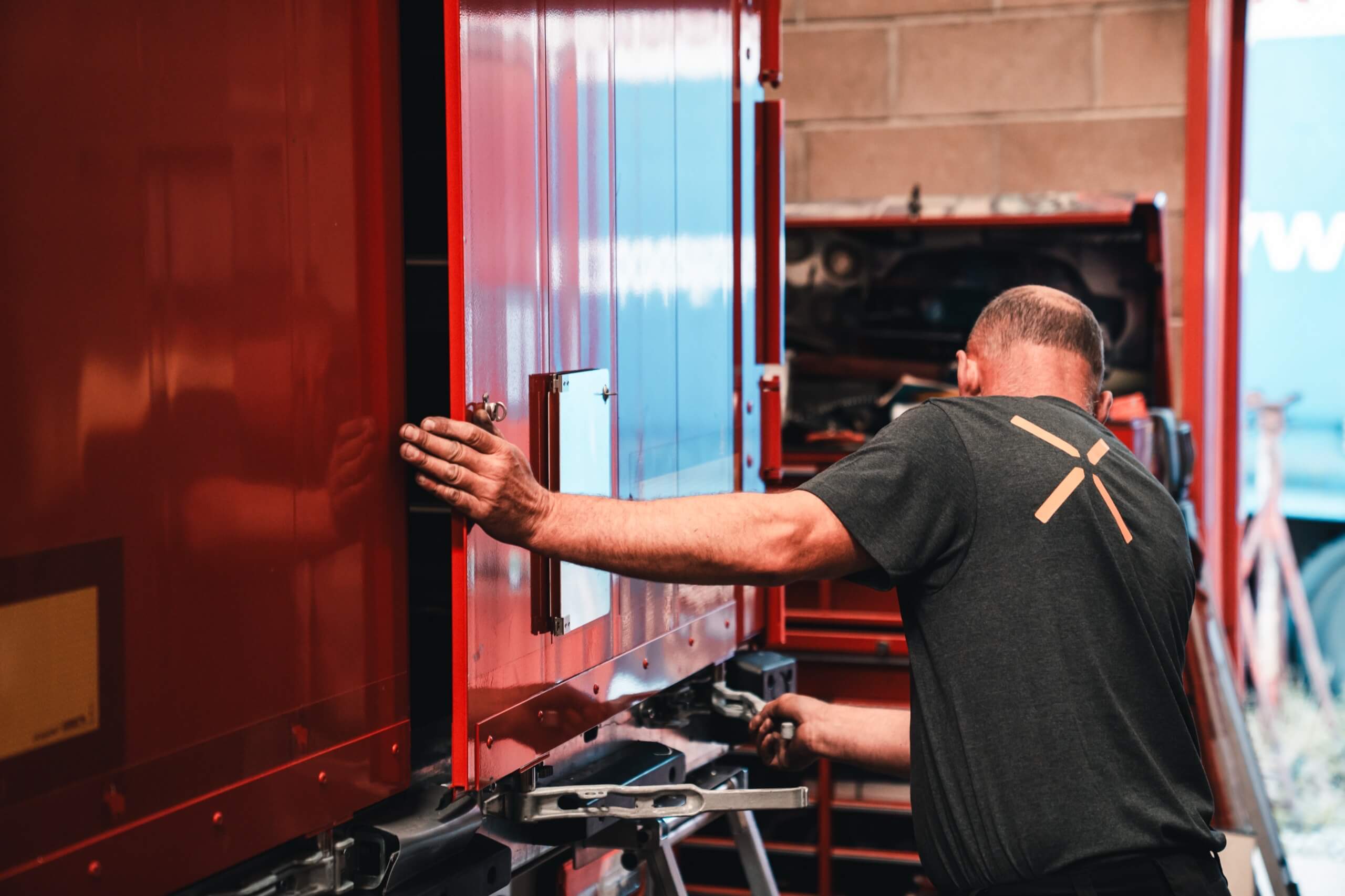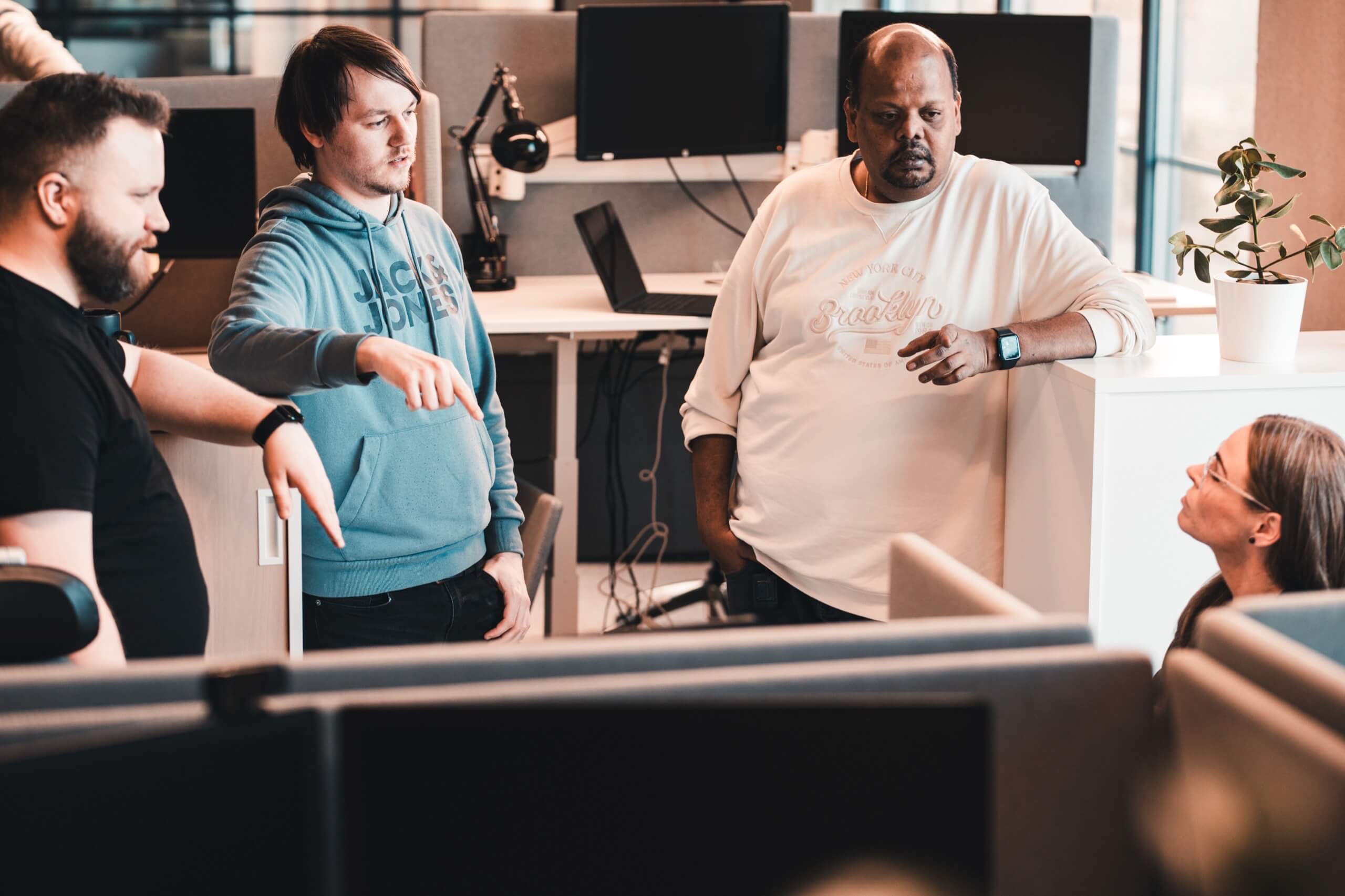Preventative support is the difference between good service and great experience.
Most companies think support is about fixing problems. The great ones know better…
They design their support to prevent problems in the first place. They realise that every support ticket is a symptom, not just of a fault, but of a missed opportunity upstream. A design flaw. A confusing interface. A poorly communicated update. Something that shouldn’t have happened. Preventative support is where the real impact begins.
Support Is a Mirror, Use It
Support teams are sitting on the most honest data in your entire organisation. Not just about what’s broken, but about how your product lives in the real world. The friction. The confusion. The unmet expectations.
But most companies miss it. They treat support like a cost centre, not a strategic radar.
- Every repeated question is feedback.
- Every workaround is a clue.
- Every ticket is a chance to redesign something better.
Case in Point: One Letter, One Fix, One Big Drop in Calls
In a recent forum, a government agency mentioned something simple: they redesigned a confusing benefits letter. What happened? Support calls plummeted.
Why? Because the original letter assumed too much. It wasn’t broken. It was just unclear. Users didn’t need help because something failed. They needed help because they weren’t included in the design.
It’s a classic trap: two organisations, one user journey, zero clarity. The result? Confusion. Overload. Frustration.
That’s not a support issue. That’s a design issue.
From Fire-Fighting to Feedback Loop
Support teams should never be stuck solving the same problem twice. If the same issue keeps showing up, it’s not a support problem, it’s a product or process one.
The shift starts with turning support into a learning engine.
The most effective organisations:
- Track patterns in the support data.
- Dig beyond surface symptoms to find root causes.
- Feed those insights back into development and product design.
This is how UX teams build effective feedback loops that actually improve design instead of just documenting failures (Nielsen Norman Group).
It creates a support system that evolves, reducing load while improving experience. Over time, the number of incoming issues drops. And the ones that do come in? They actually matter.
The Hidden Cost of Doing Nothing
There are two prices you pay when you ignore preventable problems:
- Operational cost — More staff, more tickets, more burnout.
- Reputational cost — A slow erosion of user trust. The sense that “this company just doesn’t care.”
As Harvard Business Review quantified, better customer experience translates directly into increased loyalty, retention, and spend. This isn’t just about keeping people happy. It’s about keeping them with you.
Support isn’t just a back-office function. It’s brand exposure. It’s trust.
Design for Reality, Not the Ideal
Want to prevent problems? Start with empathy.
Design for how people actually behave, not how you wish they would.
- Use plain language.
- Expect misunderstandings.
- Make actions obvious.
- Test with real users.
- Monitor what’s confusing, not just what’s broken.
Sometimes your biggest support issue isn’t a bug. It’s the fact that users don’t get how something works, because it wasn’t built with them in mind.
Onboarding: The Hidden Weapon
Every product launch should come with one goal: gather real usage data, fast.
Why? Because onboarding isn’t just about teaching, it’s about learning. It’s the best chance you have to watch users in the wild. See what trips them up. And adapt immediately.
Good onboarding doesn’t just reduce early support load.
It gives you the insights to prevent problems for every user that comes after.
The CEO Trap: Fast Support Isn’t Enough
If you’re leading a company and think solving issues quickly is good enough, think again.
That mindset scales your problems right along with your growth.
Fast support is good. But no support needed is better.
And when you ignore what users are trying to tell you, through tickets, through frustration, through drop-offs, you’re not saving time. You’re slowly burning it.
The Real Mark of Success
Success isn’t when users stop asking for help, it’s when they don’t need to.
The sign of a healthy system isn’t zero tickets. It’s a constant, visible loop between support, development, and product, where known issues are quietly resolved upstream and never make it downstream again.
That’s when support becomes invisible.
And that’s when users start calling the experience seamless.
About the Author
I started turning spanners at sixteen and went on to lead global support for some of the world’s most demanding industries. I’ve built a reputation for challenging the traditional ways of doing things, and pushing the limits of what’s possible.
From transforming operations at Volvo to building human-centred support models at Sigma Technology and now FIXATE, I lead with clarity, care, and courage. I see the big picture, sweat the details, and always try to do what’s right, even when it’s hard.
If something’s worth doing, I want to do it properly. And I’m probably already thinking about how to make it better.
Read more from the author










